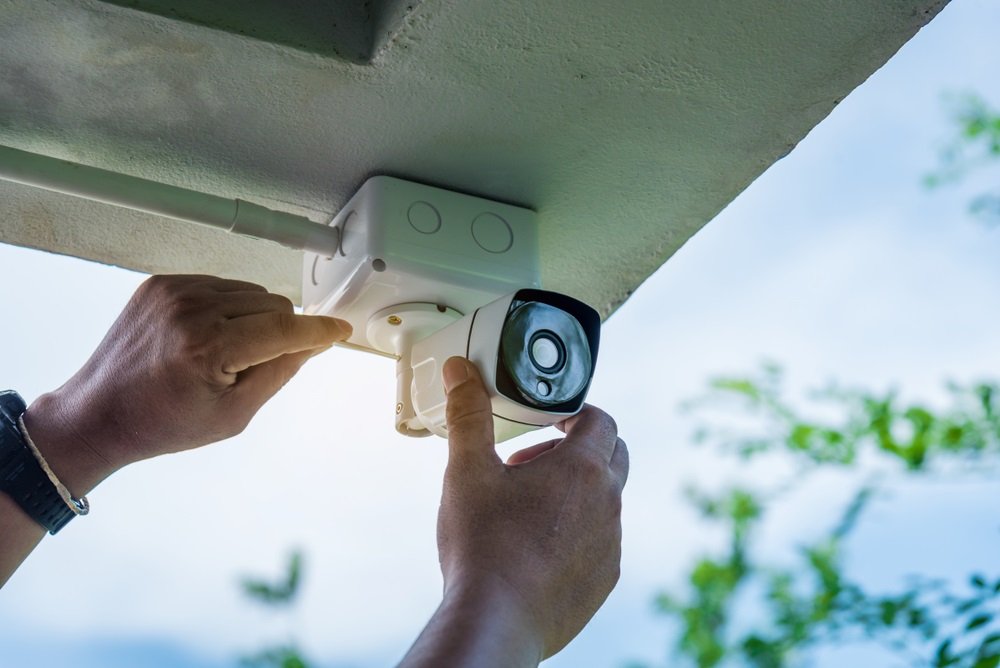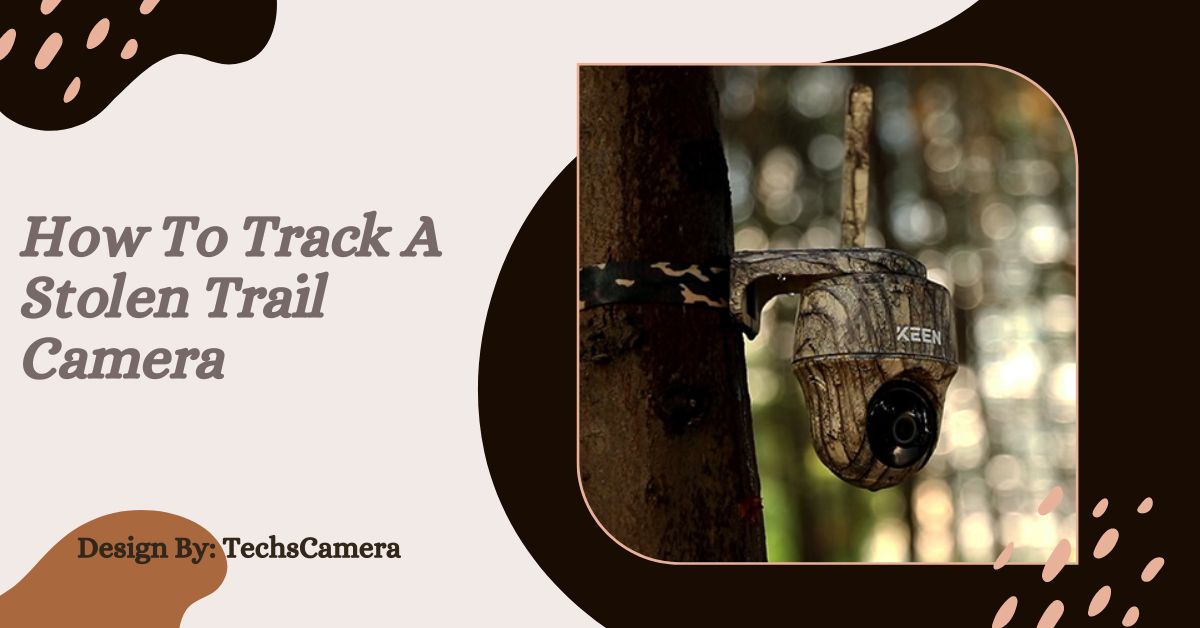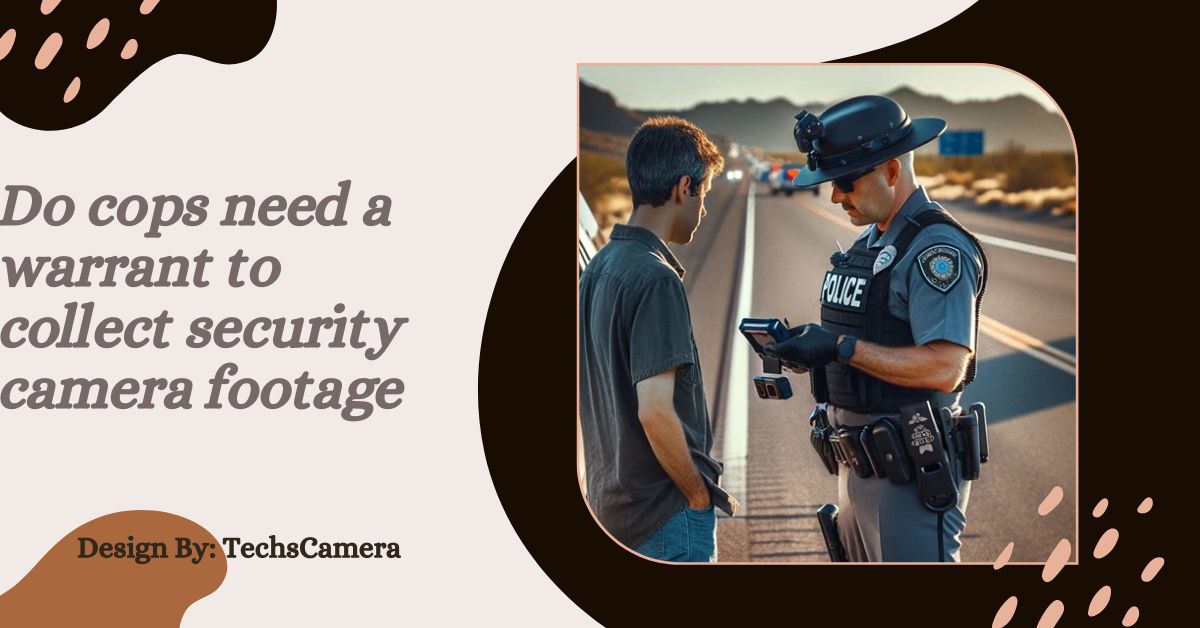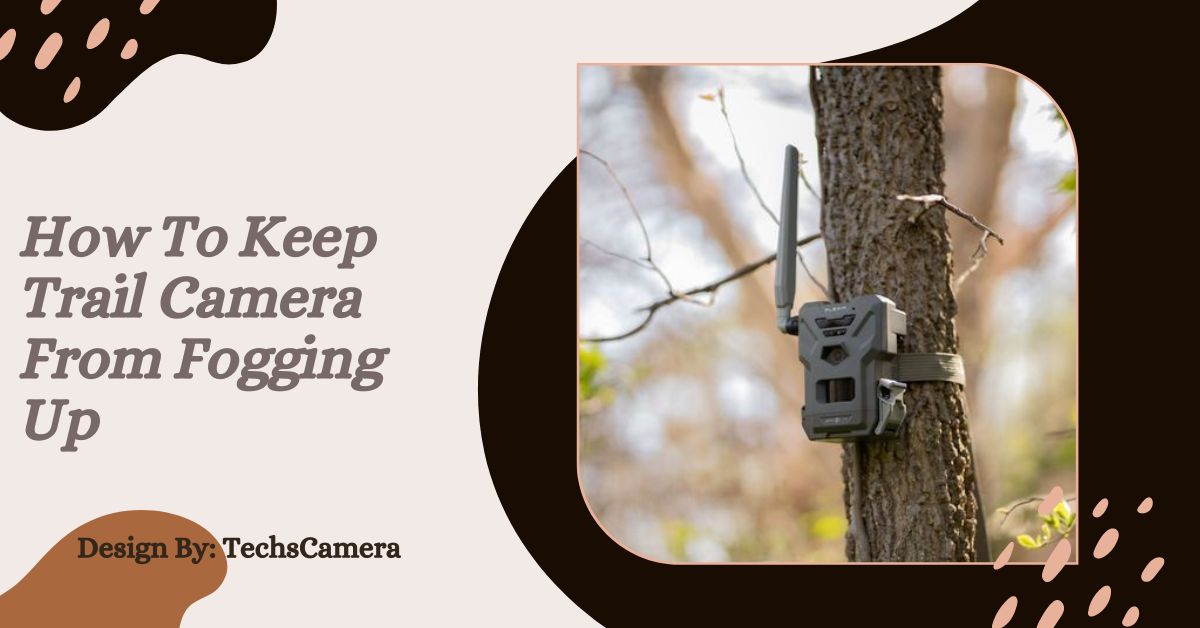Tracking a stolen trail camera involves using GPS, reporting to authorities, monitoring online marketplaces, and implementing security measures. Community involvement can enhance recovery efforts.
Losing a trail camera to theft can be frustrating and disheartening, especially when it contains valuable footage or information. Fortunately, there are several effective strategies you can employ to track and recover a stolen trail camera.
In this guide, we will explore seven comprehensive steps you can take to increase your chances of retrieving your stolen device, as well as preventative measures to reduce the risk of future thefts.
Utilizing GPS-Enabled Trail Cameras:
Modern trail cameras often come with built-in GPS tracking features. These cameras can be tracked through GPS signals, making it easier to locate them if stolen. Check if your trail camera has GPS capabilities and ensure it is activated.
Some manufacturers provide specific apps or platforms where you can monitor the location of your camera in real-time.
Activating GPS Features:
To activate GPS features on your trail camera, refer to the user manual provided by the manufacturer. Usually, you need to register your camera on their platform and enable GPS tracking through the settings menu. Some cameras might require a subscription to access GPS tracking services.
Ensure the GPS function is turned on and check its connectivity regularly to make sure it’s working correctly.
Monitoring GPS Data:
Once GPS tracking is activated, you can monitor your trail camera’s location via the manufacturer’s app or website. These platforms typically provide real-time location data and can send alerts if the camera moves unexpectedly.
This immediate notification can be crucial for quick recovery. Regularly check the app or website to stay updated on your camera’s location and set up alerts for any suspicious movement.
Reporting to Authorities:

Immediately report the theft to local authorities. Provide them with all the necessary details, including the camera’s model, serial number, and any identifying marks. Authorities may have resources and procedures in place to help recover stolen property.
Filing a police report also provides an official record of the theft, which can be important for insurance claims and further investigations.
Providing Detailed Information:
When reporting the theft, provide detailed information about your trail camera. Include the make, model, serial number, and any unique features or markings. The more detailed your report, the easier it will be for authorities to identify your stolen camera. Attach any photographs or documents that can help in identifying the camera and proving ownership.
Following Up with Authorities:
After filing a report, follow up with authorities regularly. Keep them updated with any new information or leads you might have. Building a good relationship with local law enforcement can increase their vigilance in recovering your property. Be proactive and provide any additional evidence or tips that might come up during your search.
Also Read: Do Storage Units Have Cameras Inside – Everything You Need to Know!
Registering Your Camera:
Register your trail camera with the manufacturer. Many companies offer registration services that record the serial number and your contact information. This can aid in the recovery process if the camera is found or turned in. Registration also provides proof of ownership, which can be crucial if there is a dispute over the camera’s rightful owner.
Benefits of Registration:
Registering your camera with the manufacturer helps in several ways. It provides proof of ownership, which can be useful if your camera is recovered. It also allows the manufacturer to contact you if someone tries to register or report the camera.
Additionally, registered cameras might be eligible for firmware updates and other support services from the manufacturer.
How to Register?
Visit the manufacturer’s website and look for the registration section. You will typically need to provide your camera’s serial number and your contact information. Some manufacturers might also ask for proof of purchase. Complete the registration process and save any confirmation emails or documentation for future reference.
Monitoring Online Marketplaces:

Often, thieves attempt to sell stolen goods on the internet. Regularly check online marketplaces such as eBay, Craigslist, and Facebook Marketplace for listings that match your stolen camera’s description. If you find a suspicious listing, contact the seller to gather more information, and inform local authorities.
Setting Alerts:
Most online marketplaces allow you to set alerts for specific keywords. Set up alerts for your trail camera’s make and model. This way, you will be notified whenever a new listing matching your camera is posted. This proactive approach can help you identify and respond to potential listings quickly.
Engaging with Sellers:
If you find a listing that matches your stolen camera, contact the seller discreetly. Ask for additional details and pictures to confirm it’s your camera. Once confirmed, inform local authorities and provide them with all the gathered information.
Avoid making direct accusations or attempting to recover the camera on your own to prevent any dangerous situations.
Also Read: Do Light Bulb Cameras Work When the Light is Off – A Comprehensive Guide!
Implementing Security Measures:
Invest in security measures to prevent future thefts. Use locking mechanisms, security boxes, or cables to secure your trail camera to a tree or another fixed object. Some trail cameras also come with anti-theft features like password protection and alarm systems that activate when tampered with.
Types of Security Devices:
Consider using heavy-duty locks or security boxes specifically designed for trail cameras. These devices are made of durable materials and can withstand attempts to cut or break them.
Additionally, cable locks can secure the camera to a tree or post, making it harder to steal. Choose security devices that are weather-resistant and suited for outdoor use.
Installing Security Measures:
When installing security measures, ensure that the camera is placed in a location that is not easily visible to potential thieves. Use camouflage to blend the camera and security devices into the environment.
Regularly check the camera to ensure that the security measures are intact and functioning properly. Installing multiple security devices can add layers of protection and deter theft.
Using Surveillance Cameras:

Consider installing additional surveillance cameras around the area where your trail camera is placed. These cameras can capture footage of the thief, providing valuable evidence for authorities. Make sure these cameras are well-hidden and positioned to cover different angles.
Choosing Surveillance Cameras:
Select surveillance cameras that offer high resolution and night vision capabilities. These features are crucial for capturing clear images in various lighting conditions. Wireless cameras with motion detection and real-time alerts can be particularly useful. Choose models that offer remote access so you can monitor footage from anywhere.
Positioning Surveillance Cameras:
Position surveillance cameras at different angles to cover the entire area around your trail camera. Ensure they are well-hidden to avoid detection and tampering by thieves. Regularly review the footage to check for suspicious activity and keep the cameras’ batteries charged or connected to a power source. Strategic placement can maximize coverage and increase the chances of capturing useful evidence.
Community Awareness and Involvement:
Inform your local community or neighborhood watch group about the theft. Provide them with details and ask them to be on the lookout for suspicious activity. Community vigilance can be a powerful tool in recovering stolen items. Engage with your neighbors and local outdoor enthusiasts to spread the word and increase awareness.
Engaging Your Community:
Share information about the theft through community boards, social media groups, and neighborhood watch meetings. Provide clear descriptions and photos of the stolen camera.
Encourage community members to report any sightings or suspicious activity to you or local authorities. The collective effort can lead to quicker identification and recovery.
Organizing Community Patrols:
Consider organizing community patrols or watch groups in areas where theft is common. A visible community presence can deter thieves and increase the chances of recovering stolen items.
Rotate patrol duties among volunteers to ensure continuous coverage. Collaborating with local authorities for training and support can enhance the effectiveness of these patrols.
By following these steps, you can significantly increase your chances of recovering a stolen trail camera and prevent future thefts. Taking proactive measures, staying vigilant, and involving your community are key strategies for protecting your valuable equipment.
FAQ’s:
1. How can GPS tracking help recover a stolen trail camera?
GPS tracking allows you to monitor your trail camera’s real-time location, making it easier to locate and recover if stolen.
2. What should I do immediately after my trail camera is stolen?
Report the theft to local authorities with detailed information about the camera, including its model, serial number, and any identifying marks.
3. How can registering my camera with the manufacturer help in recovery?
Registering your camera provides proof of ownership and allows the manufacturer to assist in recovery if the camera is found or reported.
4. How can I monitor online marketplaces for my stolen trail camera?
Set up alerts for your camera’s make and model on platforms like eBay and Craigslist to be notified of new listings that match your camera.
5. What security measures can prevent future thefts of trail cameras?
Use locking mechanisms, security boxes, and cable locks to secure your camera, and consider installing additional surveillance cameras around the area.
Conclusion:
By following these steps, you can increase your chances of recovering a stolen trail camera and prevent future thefts. Utilizing GPS tracking, registering your camera, and reporting to authorities are crucial first steps. Monitoring online marketplaces and implementing security measures provide additional layers of protection. Community awareness and involvement also play a significant role in deterring theft and aiding recovery efforts.




















Leave a Reply